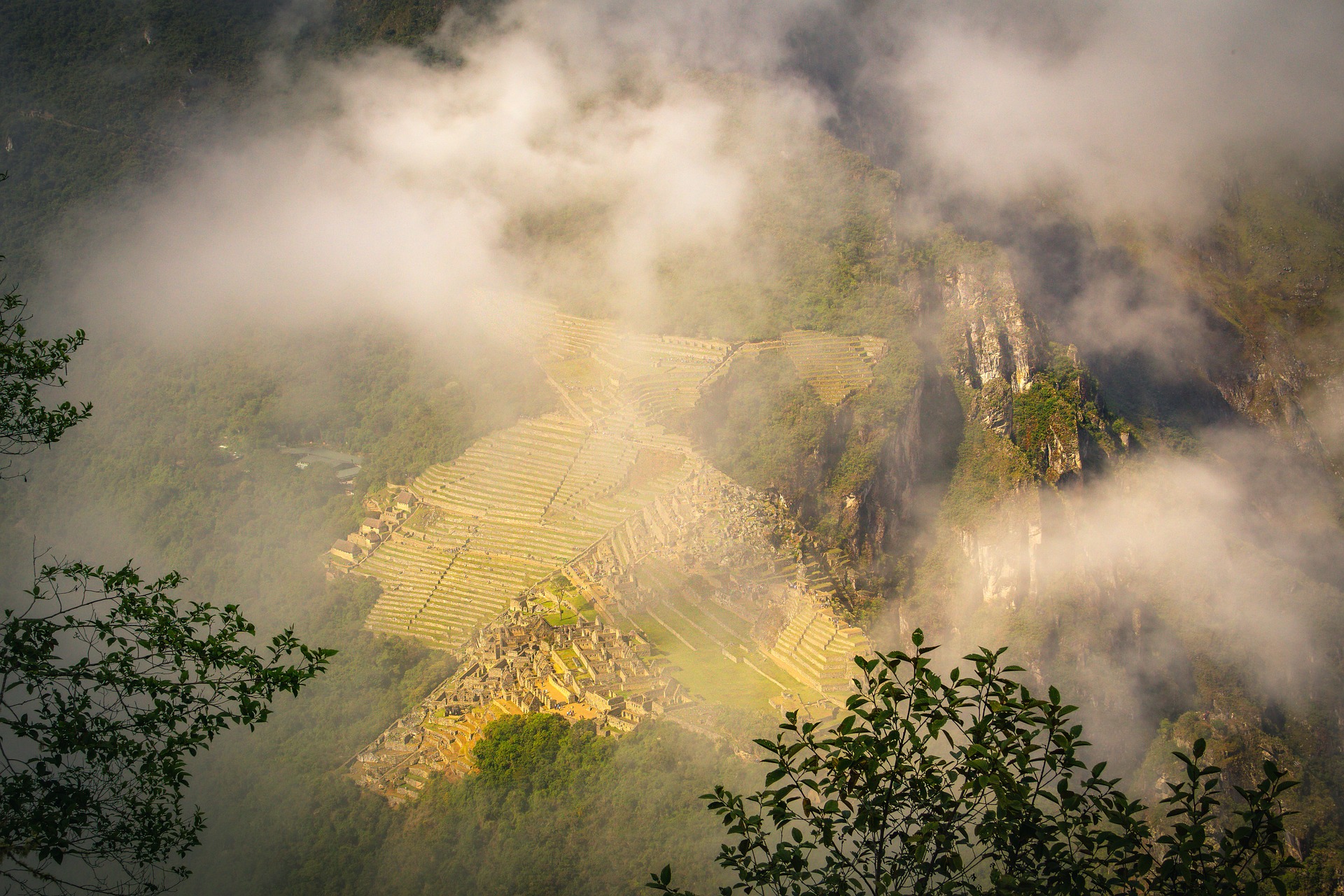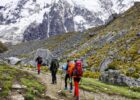What is Altitude Sickness and Why Does It Affect Machu Picchu?
Definition and Causes of Altitude Sickness
Altitude sickness, also known as soroche, is a common condition in people who quickly ascend to high altitudes, generally above 2,500 meters above sea level. This discomfort occurs due to the decrease in oxygen in the air, which forces the body to work harder to obtain the necessary oxygen.
Risk Factors at High Altitudes
Rapid ascent: Reaching high areas without adequate acclimatization.
Lack of hydration: Not consuming enough water can aggravate symptoms.
Physical conditions: People with heart or respiratory conditions may be more susceptible.
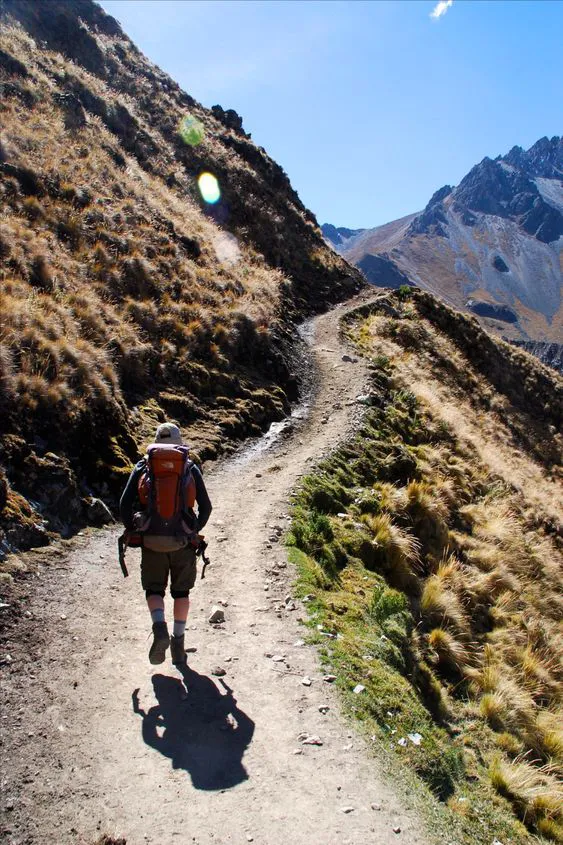
Why It Affects More in Cusco, Machu Picchu, and the Sacred Valley
Cusco is located at 3,399 meters above sea level, making it a critical point for experiencing altitude sickness. Although Machu Picchu is at a lower altitude (2,430 m), many visitors are already affected from Cusco or the Sacred Valley. This makes it essential to take preventive measures before and during the trip.
Recognizing the Symptoms of Altitude Sickness
Early Signs of Altitude Sickness
The initial symptoms can appear within the first 6 to 12 hours after reaching a high altitude. The most common include:
- Persistent headache.
- Nausea or dizziness.
- Extreme fatigue.
- Difficulty breathing.
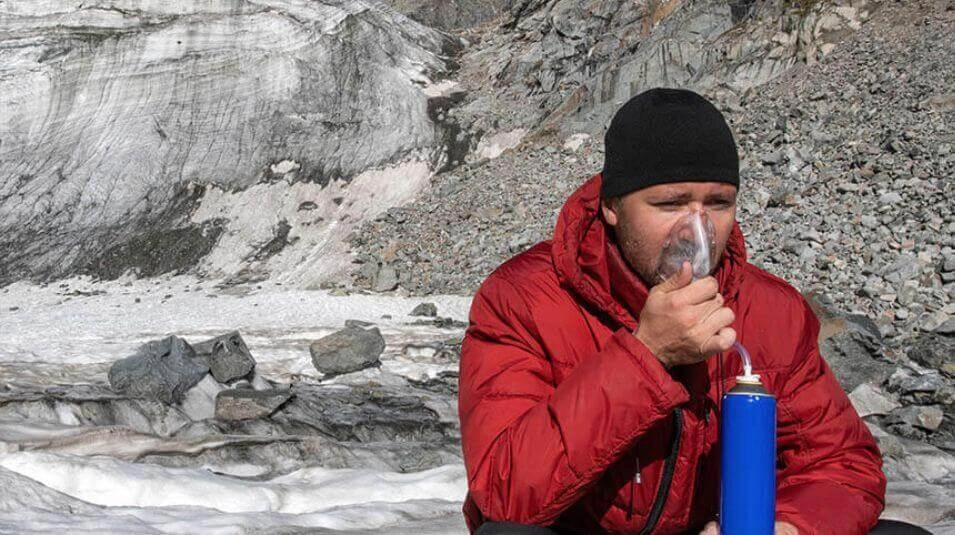
Severe Symptoms: When to Seek Medical Help
In more serious cases, altitude sickness can lead to conditions such as pulmonary or cerebral edema, which require immediate medical attention. Symptoms include:
- Confusion or loss of consciousness.
- Persistent cough with pink or foamy phlegm.
- Severe difficulty breathing even at rest.
Prevention of Altitude Sickness in Machu Picchu
Practical Tips Before Your Trip
Previous acclimatization: It is advisable to spend at least two days in Cusco before visiting Machu Picchu.
Constant hydration: Drinking water frequently helps maintain oxygen levels in the body.
Avoid alcohol and heavy meals: These can dehydrate you and worsen symptoms.

Preventive Measures During Your Stay in Cusco and Machu Picchu
Rest on the first day: Do not engage in intense physical activities until your body has adapted.
Eat light foods: Soups and water-rich fruits are ideal.
Avoid tobacco: Smoking can further decrease the available oxygen in the body.
Natural and Traditional Remedies: Coca Leaves and More
In Andean culture, coca leaves are an ancestral remedy to combat soroche. You can consume them in the following ways:
Infusion: Coca tea is widely available in hotels and restaurants.
Chewing coca leaves: Releases alkaloids that help improve oxygenation.
Coca candies: An easy-to-carry and consume option during hikes.
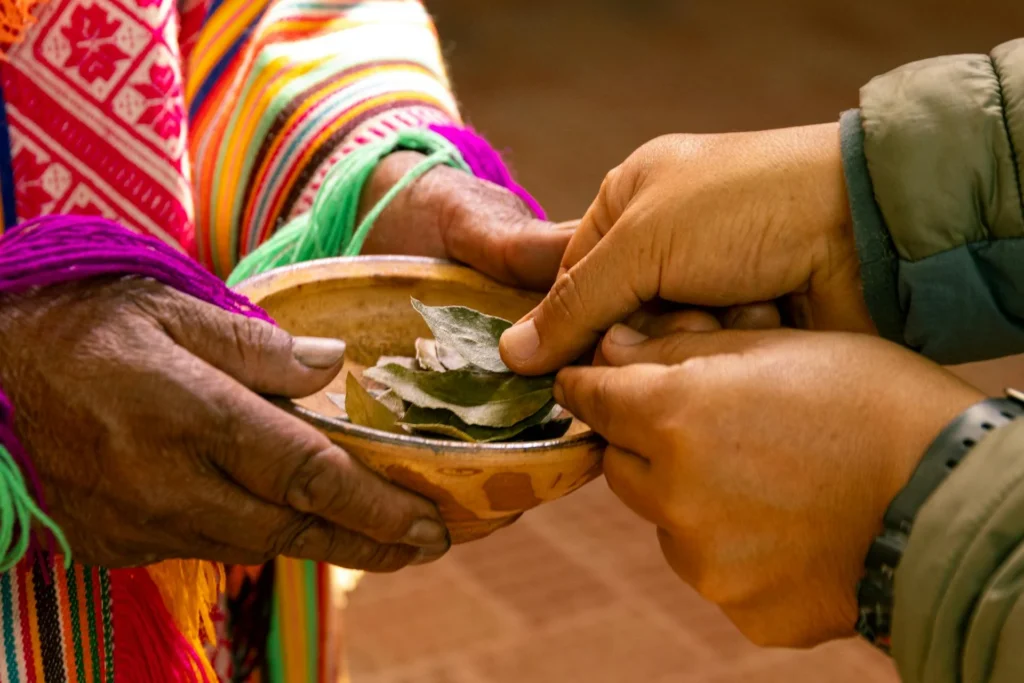
Treatment of Altitude Sickness
What to Do If You Experience Mild Symptoms
If initial symptoms appear, these measures can help:
- Rest: Reduce physical activity.
- Drink fluids: Stay hydrated with water or infusions.
- Use supplemental oxygen: Many hotels in Cusco offer oxygen cylinders to guests.
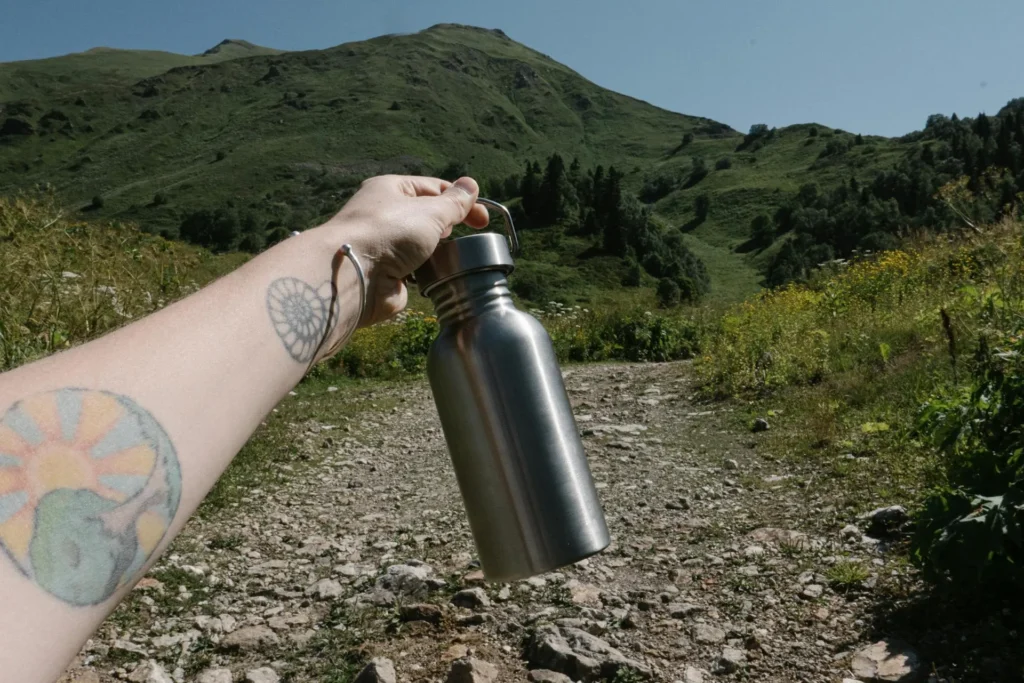
Recommended Medications for Altitude Sickness
Some medications can be helpful, always under medical supervision:
Acetazolamide (Diamox): Speeds up acclimatization.
Paracetamol or ibuprofen: Relieves headache.
Soroche Pills: Available at local pharmacies, contain natural ingredients to prevent symptoms.
“`
